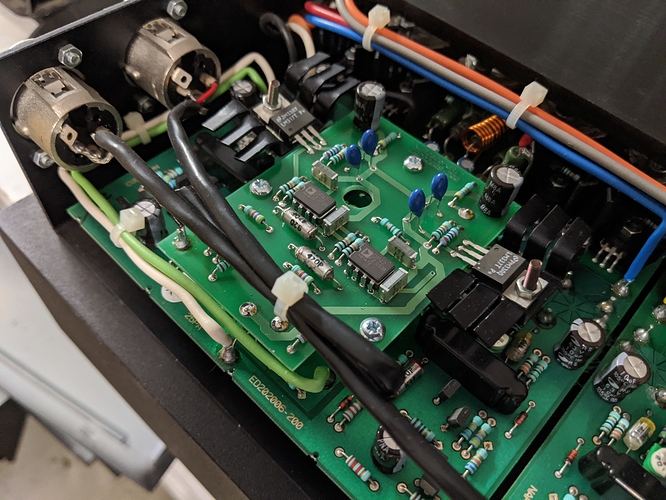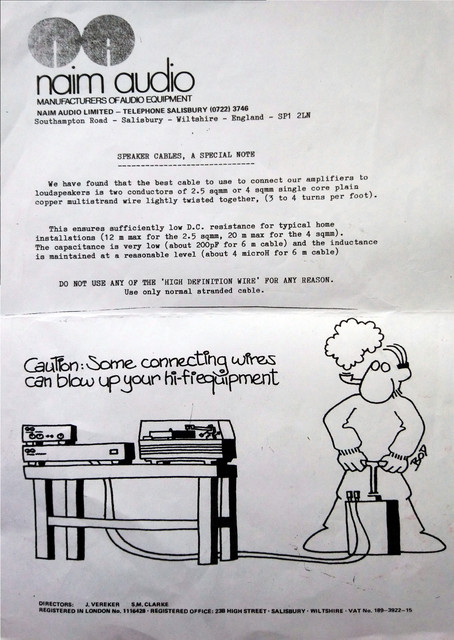Jim Audiomisc
pfm Member
Well, I regard needing specific cabling to avoid the risk of amp instability which might cause some damage as something to treat more cautiously than: "It is just a recommendation you do not have to abide by it"!
If I gave that "advice" and kit got damaged as a result the owner might feel I should pay them compensation, or at least apologise. So you might want to reconsider what you wrote.
Consider: Would you think it safe to say, "Fitting the specified fuse values is just a recommendation,,," ? I hope not.
If I gave that "advice" and kit got damaged as a result the owner might feel I should pay them compensation, or at least apologise. So you might want to reconsider what you wrote.
Consider: Would you think it safe to say, "Fitting the specified fuse values is just a recommendation,,," ? I hope not.



